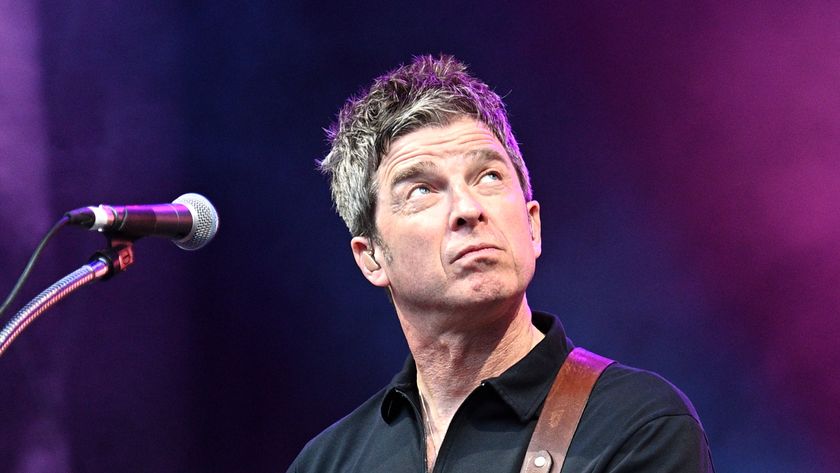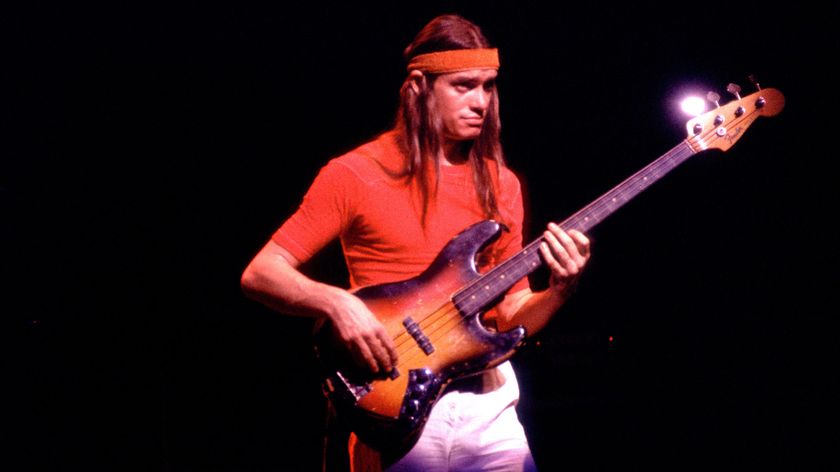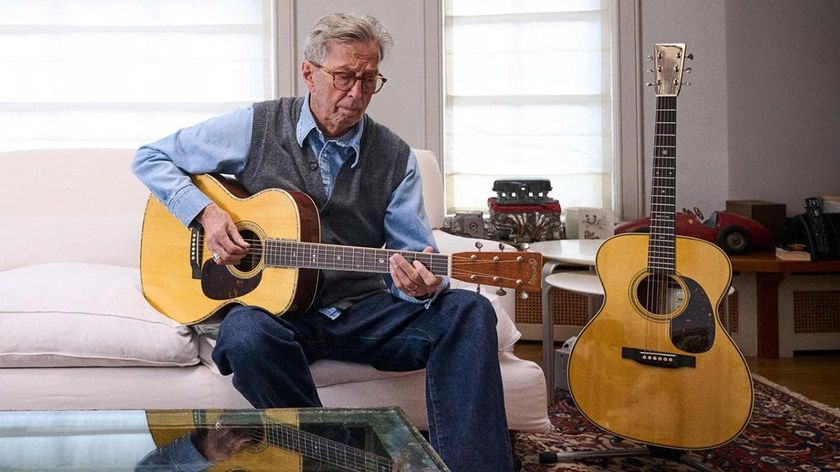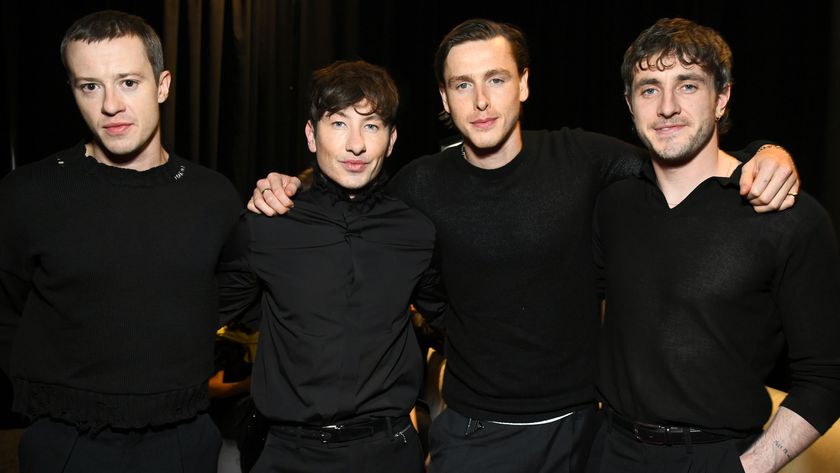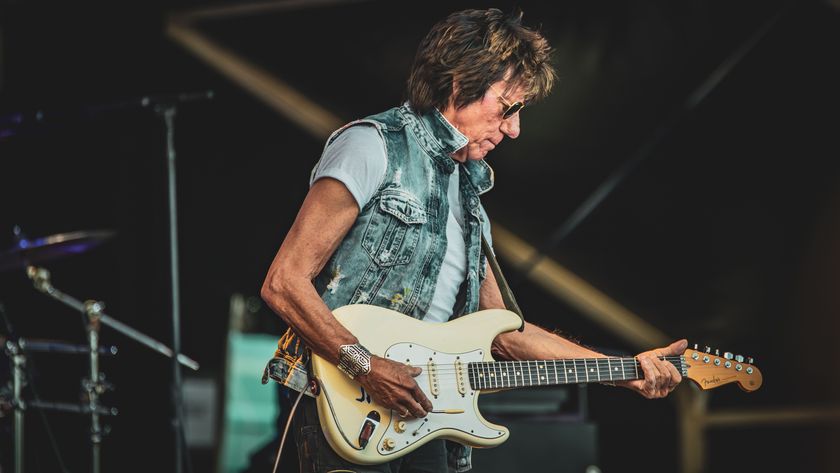“I didn’t even realise it had synthesizer on it for decades”: This deep dive into The Beatles' Here Comes The Sun reveals 4 Moog Modular parts that we’d never even noticed before
Anthony Marinelli’s video might change the way you listen to George Harrison’s ode to sunny positivity
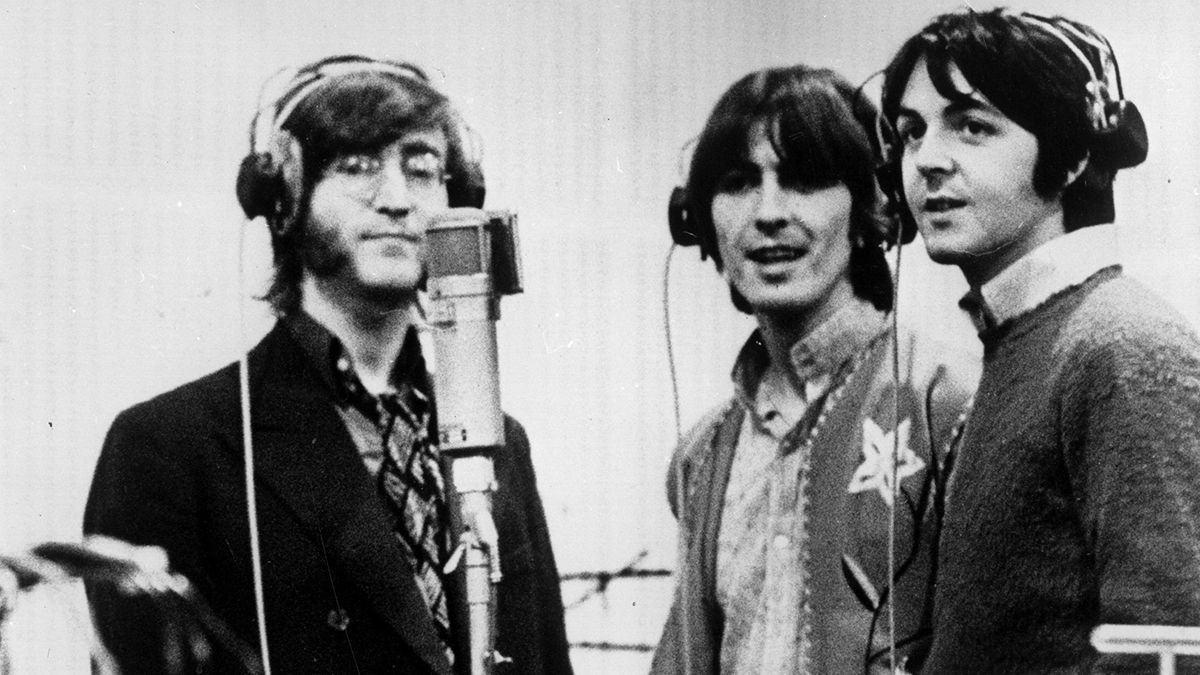
We wouldn’t like to put a figure on the number of times we’ve heard The Beatles’ Here Comes The Sun (let’s just say: lots) but we’ll freely admit that we’ve never really noticed the synth parts before.
Neither, as it happens, had YouTube synth investigator Anthony Marinelli, but once he had heard them, he set himself the challenge of working out what they were and recreating them.
Now, as many of us head into spring and Here Comes The Sun finds its annual home on seasonal playlists, Marinelli has reported his findings in a video, and it’s a fascinating watch.
“It’s a classic song and I didn’t even realise it had synthesizer on it for decades,” he admits. “When I found out it had synthesizer on it I had to delve into it and see what’s going on. It took a little bit of critical listening, but now I can’t imagine the song without synthesizer.”
He concludes that there are actually four synth parts, all of which appear to have been created on The Beatles’ Moog Modular 3P synth, which shipped on 15 January 1969. As luck would have it, Marinelli’s own Moog 3C left the factory just six days later and has a very similar set of specs, so he has pretty much the perfect tool for the task at hand.
The first synth part arrives after just a few strums of George Harrison’s guitar intro, and features three triangle waves in unison. Then we have the main lead sound that drops at the start of the second verse.
Next, at the point when the song slips free of its 4/4 moorings and goes all ‘uncommon time signature’ - a compositional quirk that’s believed to have been inspired by Harrison’s love of Indian music - we get a buzzy bass. Marinelli says that he initially suspected that this was created by running the Moog through a guitar amp, but later decided that it was probably all done on the synth itself, with various settings cranked to the max to create that overdriven sound.
Get the MusicRadar Newsletter
Want all the hottest music and gear news, reviews, deals, features and more, direct to your inbox? Sign up here.
Finally, as we hit the third verse, we get that signature ‘whistle sound’. “These lines just kind of sing along with the arrangement,” reckons Marinelli, who goes deep on all four sounds and shows you how he recreated them.
Check out the full video above. As Marinelli says, it might just help you to “discover something new about one of the most loved songs in history”.

I’m the Deputy Editor of MusicRadar, having worked on the site since its launch in 2007. I previously spent eight years working on our sister magazine, Computer Music. I’ve been playing the piano, gigging in bands and failing to finish tracks at home for more than 30 years, 24 of which I’ve also spent writing about music and the ever-changing technology used to make it.
You must confirm your public display name before commenting
Please logout and then login again, you will then be prompted to enter your display name.
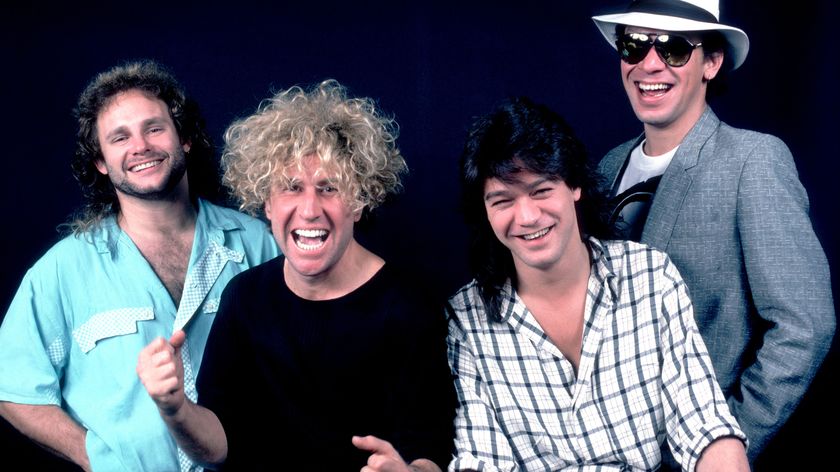
“I saw people in the audience holding up these banners: ‘SAMMY SUCKS!' 'WE WANT DAVE!’”: How Sammy Hagar and Van Halen won their war with David Lee Roth
![Chris Hayes [left] wears a purple checked shirt and plays his 1957 Stratocaster in the studio; Michael J. Fox tears it up onstage as Marty McFly in the 1985 blockbuster Back To The Future.](https://cdn.mos.cms.futurecdn.net/nWZUSbFAwA6EqQdruLmXXh-840-80.jpg)
“We’re looking at the movie going, ‘Urgh! It’s kinda cheesy. I don’t know if this is going to work”: How Chris Hayes wrote Huey Lewis and the News’ Back To The Future hit Power Of Love in his pyjamas

